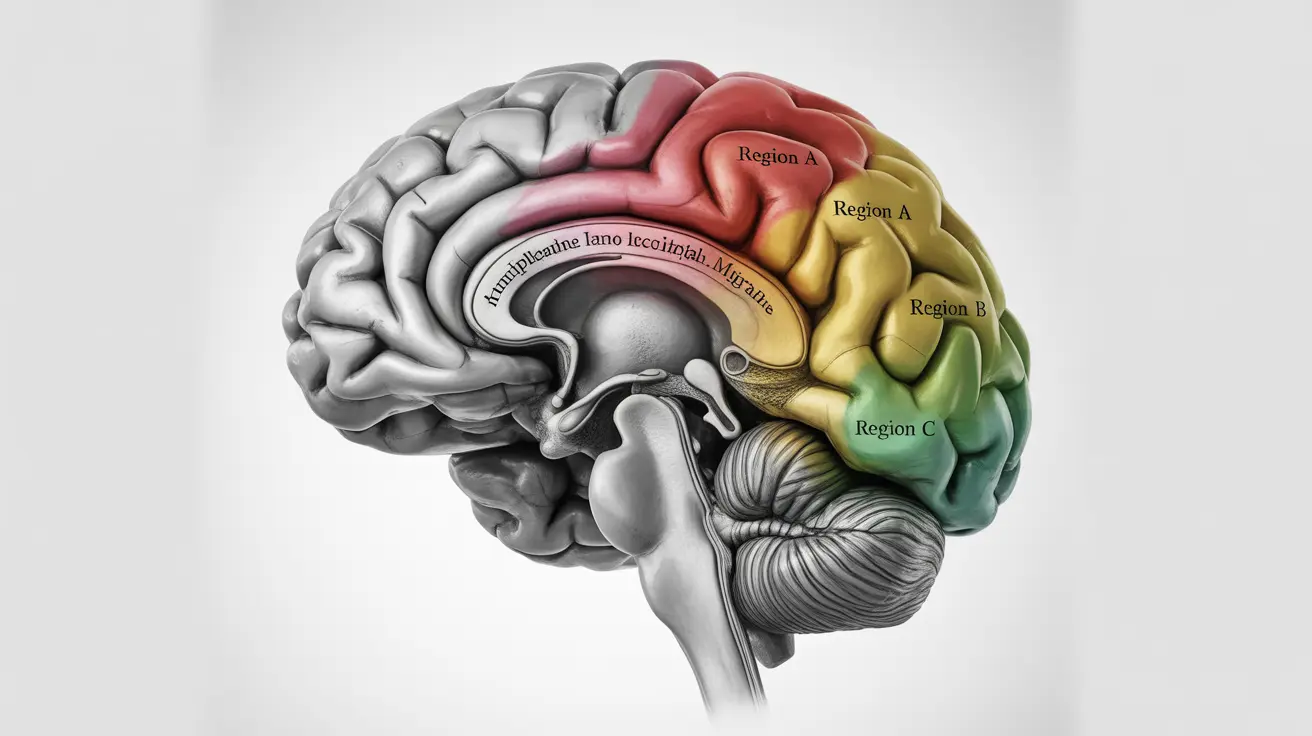Hemiplegic migraines are a rare but serious form of migraine that can cause stroke-like symptoms and, in some cases, lead to severe complications. Understanding the potential risks and recognizing when to seek emergency care is crucial for anyone affected by this condition.
While these specialized migraines typically resolve without permanent damage, their symptoms can be frightening and, in rare cases, may have serious consequences. This comprehensive guide explores the potential dangers, warning signs, and management strategies for hemiplegic migraines.
Understanding the Severity of Hemiplegic Migraines
Hemiplegic migraines are characterized by temporary weakness or paralysis (hemiplegia) on one side of the body, accompanied by typical migraine symptoms. Unlike standard migraines, these episodes can pose more significant health risks and require careful medical attention.
Potential Complications and Risks
While death from hemiplegic migraines is extremely rare, several serious complications can occur:
- Prolonged neurological symptoms
- Temporary cognitive difficulties
- Risk of permanent neurological damage in severe cases
- Increased risk of stroke-like episodes
- Potential for coma in extremely rare cases
Critical Warning Signs and Emergency Symptoms
Recognizing when a hemiplegic migraine requires immediate medical attention is vital for preventing severe complications. Key emergency warning signs include:
- Confusion or altered consciousness
- Severe weakness lasting more than an hour
- Speech difficulties that worsen or persist
- Vision changes that don't resolve
- Unusual or severe neurological symptoms
Genetic Factors and Risk Assessment
Understanding the genetic component of hemiplegic migraines can help assess individual risk levels. Several specific genetic mutations, particularly in the CACNA1A, ATP1A2, and SCN1A genes, can influence the severity and frequency of attacks.
Treatment and Prevention Strategies
Managing hemiplegic migraines effectively requires a comprehensive approach:
- Preventive medications to reduce attack frequency
- Acute treatments for managing symptoms
- Lifestyle modifications to minimize triggers
- Regular medical monitoring
- Emergency care plan development
Frequently Asked Questions
Can hemiplegic migraine be fatal or cause permanent brain damage?
While deaths from hemiplegic migraines are extremely rare, they can potentially cause permanent brain damage in severe cases. Most patients recover fully from attacks, but regular medical monitoring is essential to prevent complications.
How can I tell the difference between a hemiplegic migraine and a stroke?
Hemiplegic migraines often develop gradually and may be preceded by an aura, while strokes typically occur suddenly. However, because symptoms can be similar, it's recommended to seek immediate medical attention when experiencing stroke-like symptoms for the first time.
What symptoms indicate I need emergency care during a hemiplegic migraine attack?
Seek immediate medical attention if you experience prolonged weakness (over an hour), severe confusion, persistent speech difficulties, unconsciousness, or any symptoms that are significantly worse than your typical attacks.
Are certain genetic mutations linked to higher risks of severe or deadly hemiplegic migraines?
Yes, mutations in genes like CACNA1A, ATP1A2, and SCN1A are associated with more severe forms of hemiplegic migraine. Individuals with these mutations may be at higher risk for complications and require more careful monitoring.
What treatment options are available to manage hemiplegic migraine and reduce complications?
Treatment options include preventive medications (such as calcium channel blockers), acute treatments for symptoms, and comprehensive care plans. Some medications commonly used for regular migraines may not be suitable for hemiplegic migraines, making specialized medical guidance crucial.




